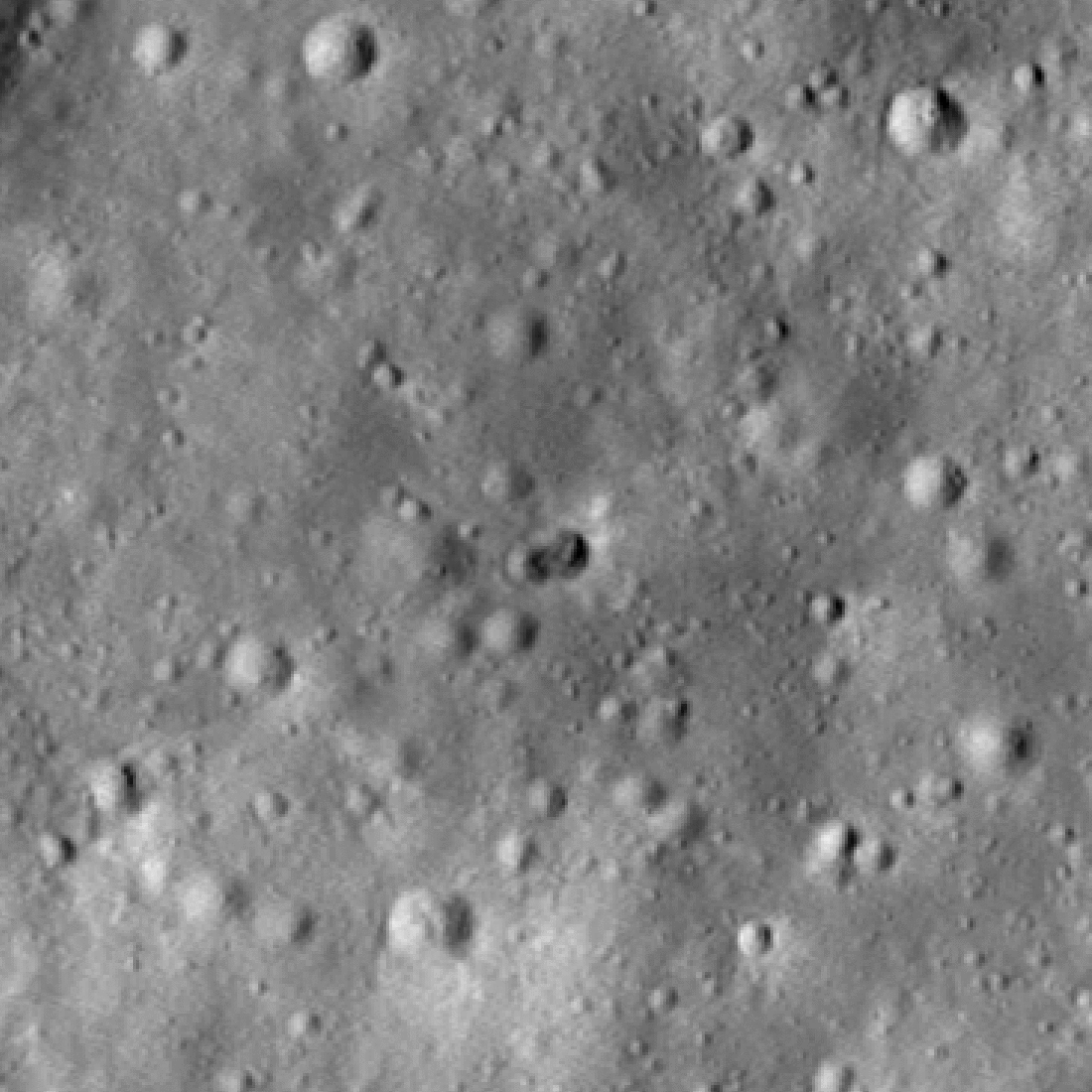Rogue rocket's moon crash site spotted by NASA probe (photos)

The grave of a rocket body that slammed into the moon more than three months ago has been found.
Early this year, astronomers determined that a mysterious rocket body was on course to crash into the lunar surface on March 4. Their calculations suggested that the impact would occur inside Hertzsprung Crater, a 354-mile-wide (570 kilometers) feature on the far side of the moon.
Their math was on the money, it turns out. Researchers with NASA's Lunar Reconnaissance Orbiter (LRO) mission announced last night (June 23) that the spacecraft had spotted a new crater in Hertzsprung — almost certainly the resting place of the rogue rocket.
Lunar mystery: Who launched the rocket that slammed into the moon?
More: The greatest moon crashes of all time

Actually, LRO imagery shows that the impact created two craters, an eastern one about 59 feet (18 meters) wide superimposed over a western one roughly 52 feet (16 m) across.
"The double crater was unexpected and may indicate that the rocket body had large masses at each end," Mark Robinson of Arizona State University, the principal investigator of the Lunar Reconnaissance Orbiter Camera (LROC), wrote in an update last night.
"Typically a spent rocket has mass concentrated at the motor end; the rest of the rocket stage mainly consists of an empty fuel tank," he added. "Since the origin of the rocket body remains uncertain, the double nature of the crater may help to indicate its identity."
Breaking space news, the latest updates on rocket launches, skywatching events and more!
As Robinson noted, the moon-crashing rocket remains mysterious. Early speculation held that it was likely the upper stage of the SpaceX Falcon 9 rocket that launched the Deep Space Climate Observatory (DSCOVR) mission for NASA and the U.S. National Oceanic and Atmospheric Administration in February 2015.

But further observations and calculations changed that thinking, leading many scientists to conclude that the rocket body was probably part of the Long March 3 booster that launched China's Chang'e 5T1 mission around the moon in October 2014. China has denied that claim.
Rocket bodies have crashed into the lunar surface before; for example, NASA steered the third stages of Saturn V rockets into the moon multiple times during the Apollo program. But those were intentional impacts; the March 4 event marked the first known time that a rocket body crashed into the lunar surface by accident. (Other pieces of space hardware have slammed into the moon unintentionally — while trying, unsuccessfully, to land.)
None of the Saturn V impacts created double craters like the one generated by the March 4 crash, Robinson wrote in last night's update. And the Saturn V craters are all more than 115 feet (35 m) wide, whereas the new double crater is 95 feet (29 m) across at its widest point.
Mike Wall is the author of "Out There" (Grand Central Publishing, 2018; illustrated by Karl Tate), a book about the search for alien life. Follow him on Twitter @michaeldwall. Follow us on Twitter @Spacedotcom or on Facebook.

Michael Wall is a Senior Space Writer with Space.com and joined the team in 2010. He primarily covers exoplanets, spaceflight and military space, but has been known to dabble in the space art beat. His book about the search for alien life, "Out There," was published on Nov. 13, 2018. Before becoming a science writer, Michael worked as a herpetologist and wildlife biologist. He has a Ph.D. in evolutionary biology from the University of Sydney, Australia, a bachelor's degree from the University of Arizona, and a graduate certificate in science writing from the University of California, Santa Cruz. To find out what his latest project is, you can follow Michael on Twitter.
